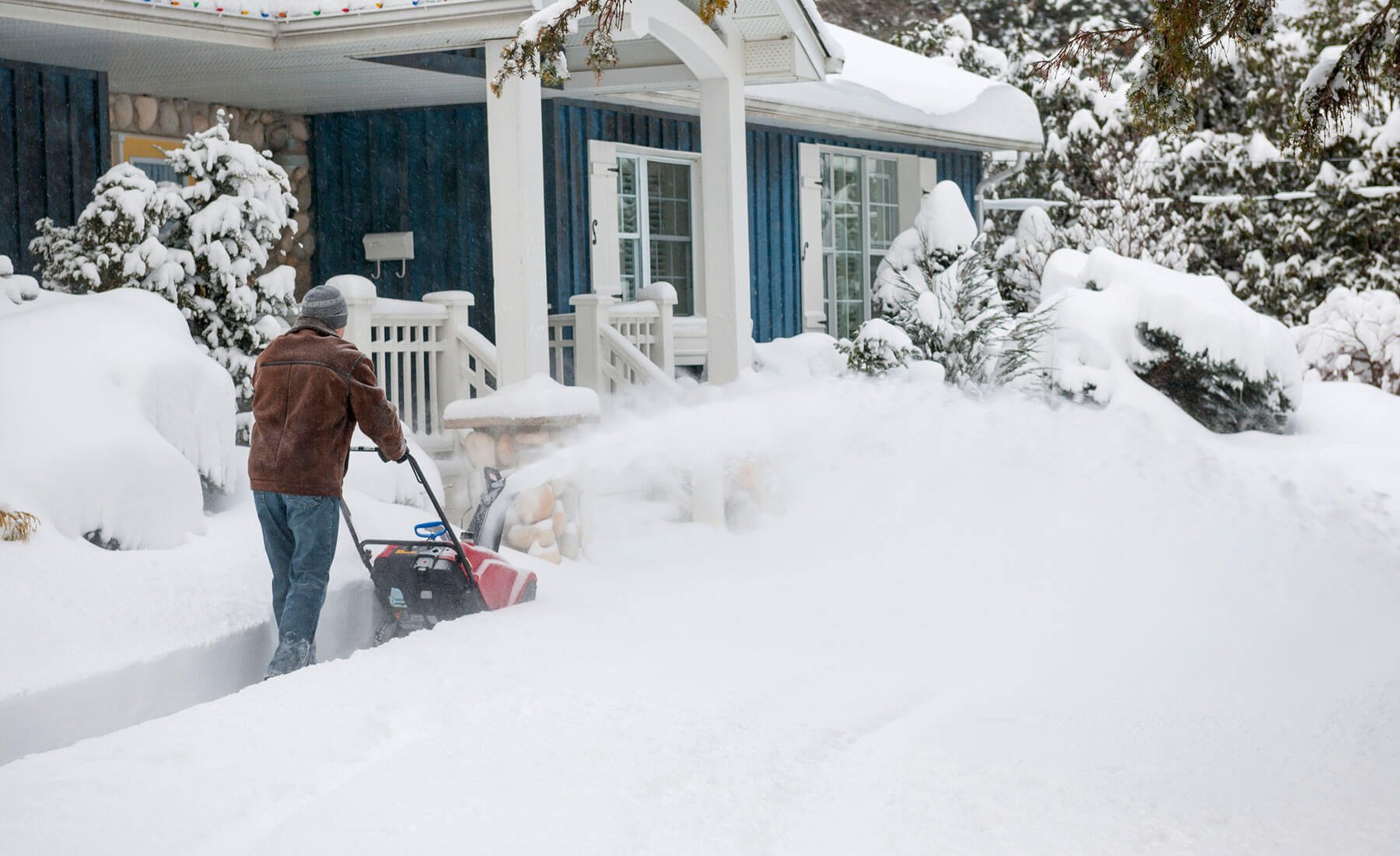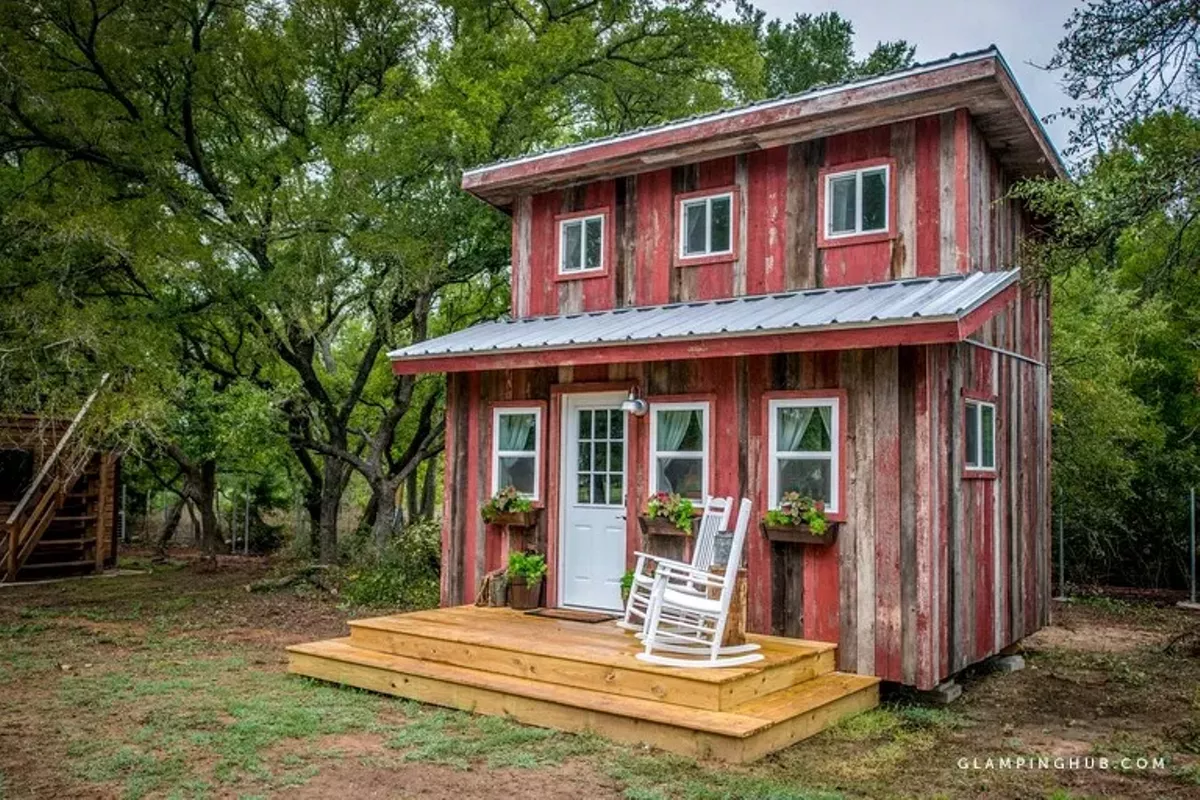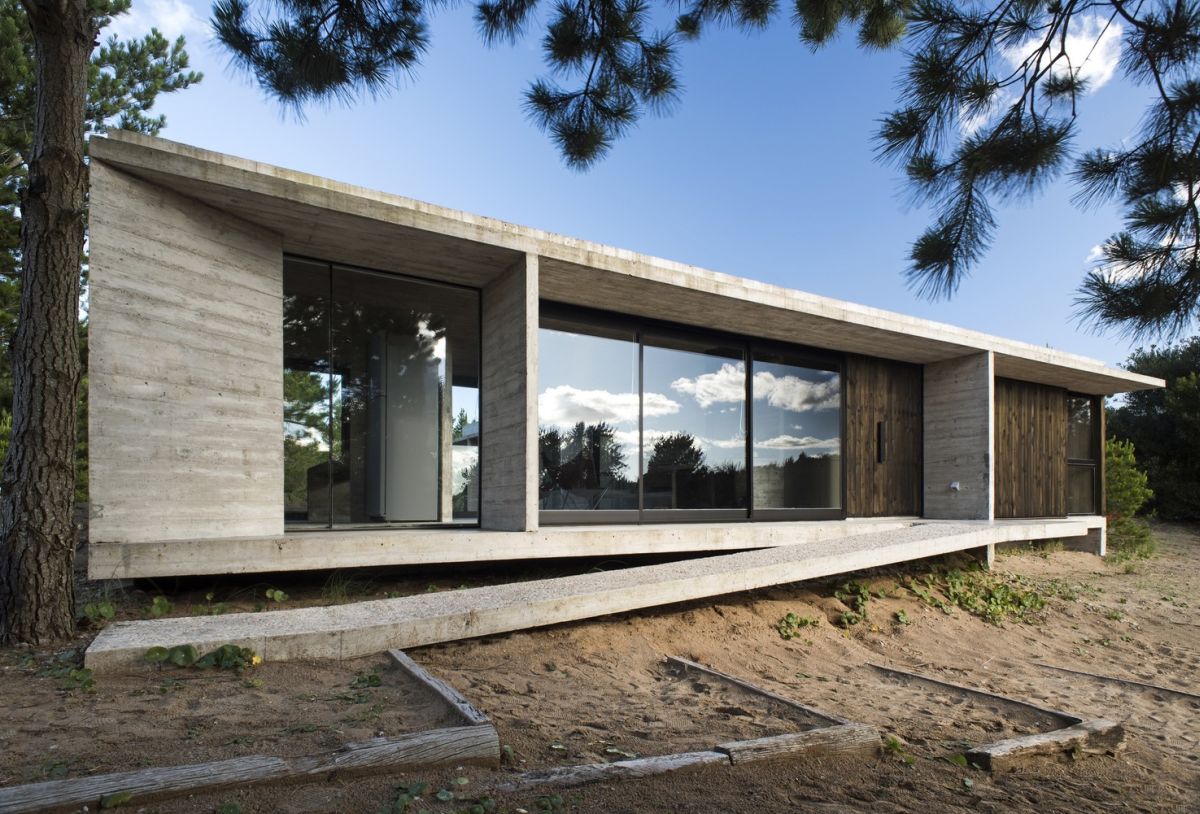Table Of Content
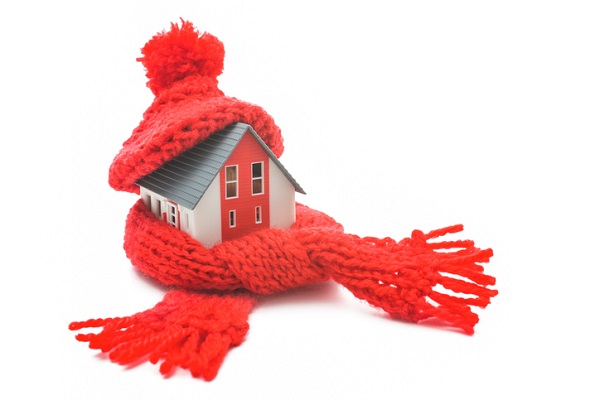
A chimney balloon plugs your chimney, helping to prevent hot air from escaping when not in use. While having your roof inspected, you should also have your chimney checked. This should be done at least once a year, particularly if you plan to use the fireplace as part of your heating system.
Draft Dodgers: 8 DIY Creations to Keep Out the Cold
How to Winterize Your Garden Hose - Men's Journal
How to Winterize Your Garden Hose.
Posted: Wed, 06 Dec 2023 08:00:00 GMT [source]
While adjusting your thermostat, it’s important to check your home’s smoke and carbon monoxide detectors and replace batteries. Especially if you frequently use a gas fireplace or heater to heat your home, you’ll want to ensure these detectors are working properly. You can use a programmable thermostat and preset your home’s temperature or have the heating kick on if your home falls below a certain temperature. If you have an unfinished basement that you don’t use or are winterizing your vacation home that’s vacant during the winter, you can have a low-temperature sensor installed. This system will alert you if a certain room’s temperature drops below a certain threshold, giving you time to turn on the heating system or fix the issue.

What Is Winterization?
How To Winterize Your Home Weather.com - The Weather Channel
How To Winterize Your Home Weather.com.
Posted: Fri, 20 Oct 2023 07:00:00 GMT [source]
Rather than the permanent chimney balloon, the excluder can be lodged into the throat of a working fireplace and then easily taken out when the fire is needed. A device like this will block 94 per cent of airflow drafts, making your home warmer and more energy efficient – a great addition to your winter living room ideas. As the days get shorter and the temperatures grow colder, move your winterizing efforts inside.
Weatherstrip Tape
But you’ll miss out on the fun if you have to play catch up on home winterization tasks. And, if you can’t get to all of them before the first storm hits, hire someone to help you. Switch out your lightweight summer curtains for thermal-lined drapes or curtains to keep cold air from escaping the outdoors and into your home through window cracks. Not only will they keep your home warmer, but they’ll help with energy savings.
Clean the chimney
Rocket Homes Real Estate LLC is committed to ensuring digital accessibility for individuals with disabilities. We are continuously working to improve the accessibility of our web experience for everyone, and we welcome feedback and accommodation requests. If you wish to report an issue or seek an accommodation, please contact us at
Shut off water to outdoor spigots.
While the onset of the cold season will vary depending on your region, it’s a good rule of thumb to begin the process of winterizing your home in early fall. If you decide to DIY it, this will give you plenty of time to do it at your own pace. When allowed to build up, ice and snow damage branches, which in turn can snap off trees and land on your house. Large overhanging tree branches could get heavy with snowfall and potentially break and fall onto your roof. If a tree is close to your home, prune its branches and cut down any low-hanging limbs before the start of the winter. You need to inspect the attic during daylight hours, as well as during rain, paying attention not only to obvious cracks and smudges but also to the presence of condensation and mold in the corners or joints.
Outdoor Areas
This will ensure that the inclement weather hasn't yet caused any damage. Knowing when to drip faucet is also useful when winterizing a house as it can prevent your pipes from expanding, cracking, and bursting when the mercury drops. ‘Freeze-thaw cycles affecting wet masonry or unfired earth in cold weather can cause cracking, spalling and structural instability. Exposed parts are particularly susceptible, including parapets, copings, cornices and chimneys. ‘Good roof maintenance is vital to avoid water damage to a building’s fabric.
Cold temperatures can freeze the house water pipes and stop the water supply. To prevent it, thermostats can be used as a great repellent to save your house from cold weather and work as an effective asset to winterize your home. You can set a programmable thermostat at the lowest temperature which will keep the water pipes warm.
Keep Your Home and Plumbing Warm
Gutters clogged by leaves and sticks also allow water and ice to back up under the shingles, creating what’s known as an ice dam that pushes water up underneath your shingles, says Busch. The weight of icicles also can pull down gutters that aren’t draining properly. Make sure to clean out all gutters before winter’s rain and snow begin. While many flowers need the chill of a winter season in order to bloom in the spring, it’s important to prepare the entire yard for cold weather. Changing seasons will impact your garden no matter if you’re dealing with dry, cold weather or snow and freezing temperatures. Winter is approaching, and that means cold days, dark evenings, snow flurries, and staying cozy in your home.
A gutter brush is a great way to winterize a house as it will stop debris collecting in the first place. When checking your roof, give a few minutes to assess on the health of your chimney. The chimney is a vulnerable part of the house, protruding from the roof it is exposed to high winds, frost and snow. If you notice any issues, then repair minor cracks with a patching cement or 100 per cent silicone caulk.
Continue to check all the faucets regularly throughout the winter season. There are two ways to mitigate this problem – grab a ladder and clear the debris yourself or hire local professionals to safely take care of the job. Cleaning your gutters now can help you prepare for extreme winter weather.
You can prepare your pipes for winter by covering them in pipe insulation – these consist of a split foam tube that simply slots into place around the tube. This should be done for both hot and cold water pipes and both indoors and outdoors. Also be sure to turn off outdoor taps, 'there should be an indoor stopcock so they can be isolated in cold weather,' recommends Roger Hunt. As well as clearing, also check that all the gutters, gullies and downpipes are still in good condition.
To do this, either get out the ladders or stand across the street or at the bottom of the garden and assess the roof with binoculars. In either case, should you have greater cause for concern, ask a roofer to conduct a thorough inspection. In addition to winterizing your home, you can do a few other things to prepare for winter weather.
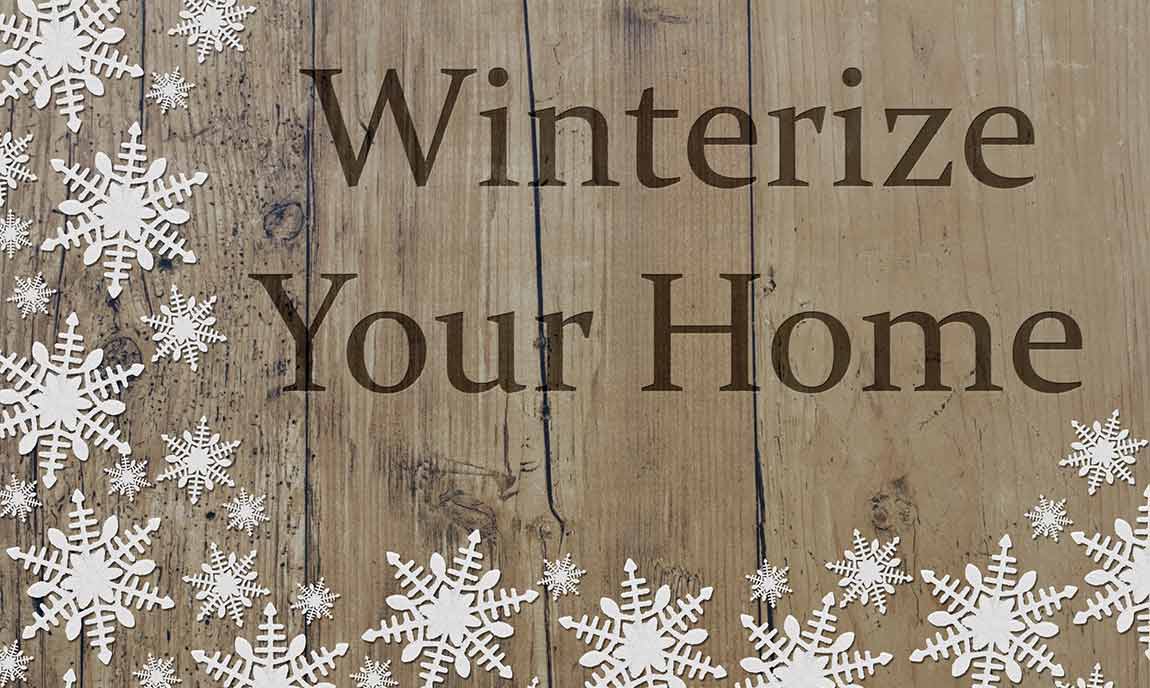
If you live where the temperatures plummet below freezing in the winter, you’ll want to protect your home from burst pipes. Take precautions to avoid using unnecessary utilities, keep out animals and insects, and keep your possessions safe from theft. Whether you're leaving for a few weeks or a year, the following suggestions will help you to plan and execute a winterization down to the last nut and bolt, with or without heating. You should clean your dryer vents on a routine basis, but they should certainly be inspected and cleaned as part of the winterization process.
Make sure your furnace and chimney are in working order before the cold weather hits. Both should be cleaned and inspected by a qualified professional each year to ensure safe and efficient use. Whether you have an oil, gas, or electric system, you should have it serviced yearly, before the main heating season. Sealing the attic is a great way to avoid heat loss through your roof in future winters, and to prevent ice and snow damage. If your roof is clean and clear of snow in the winter, chances are it’s melting due to lost heat.
